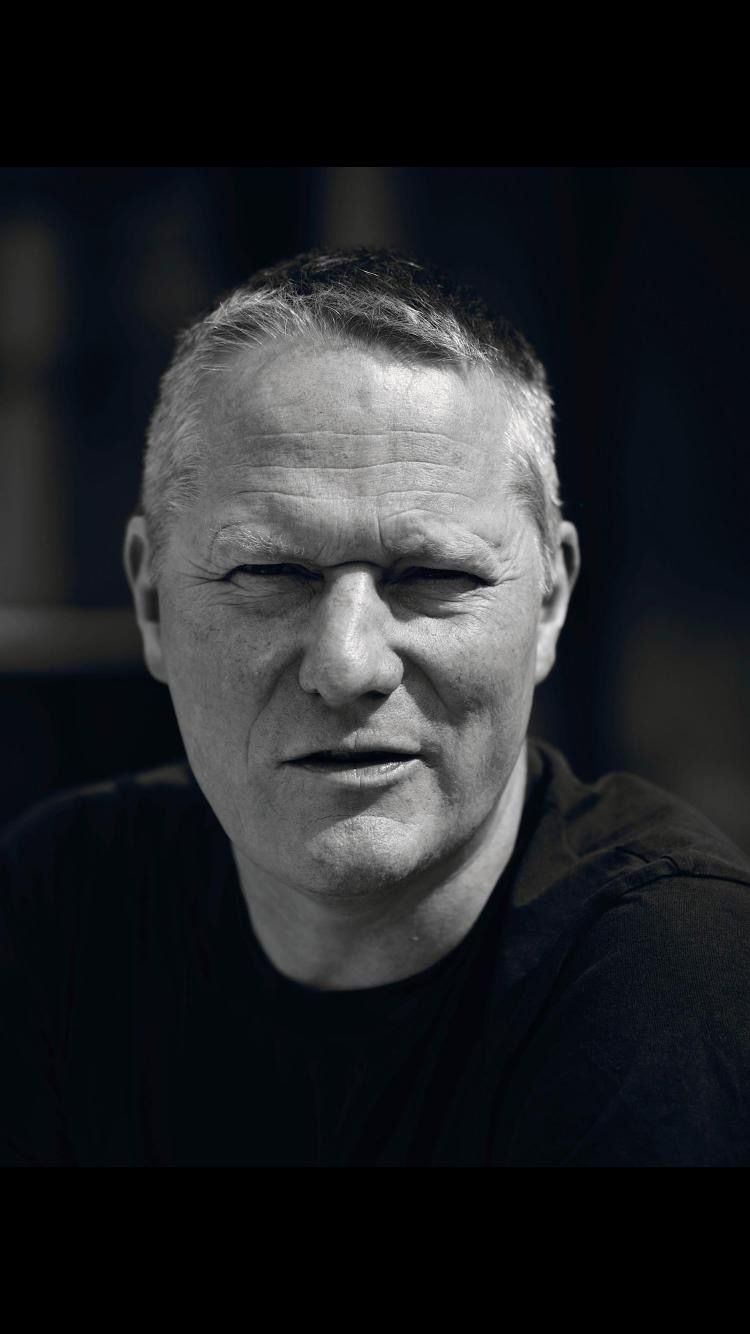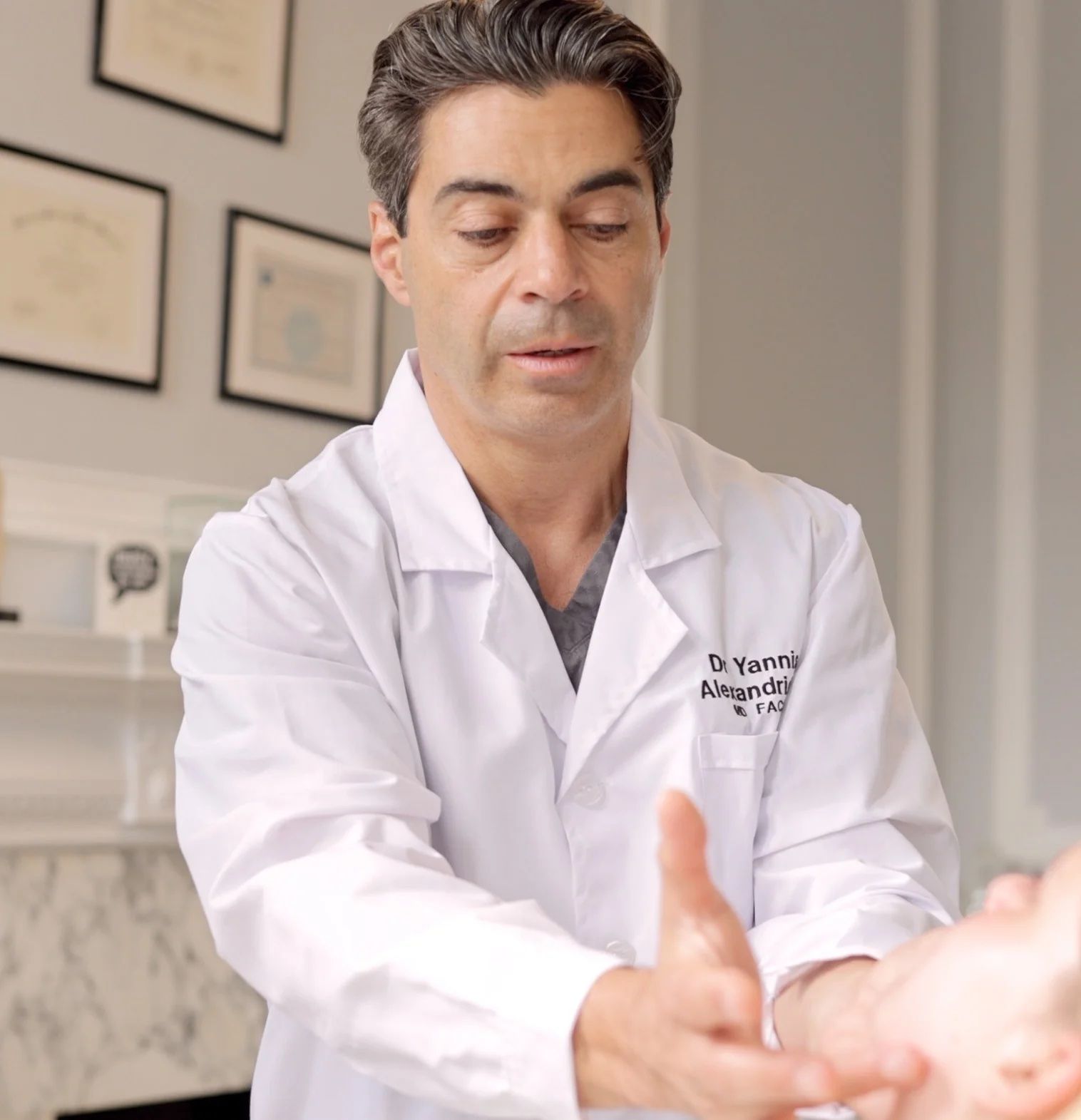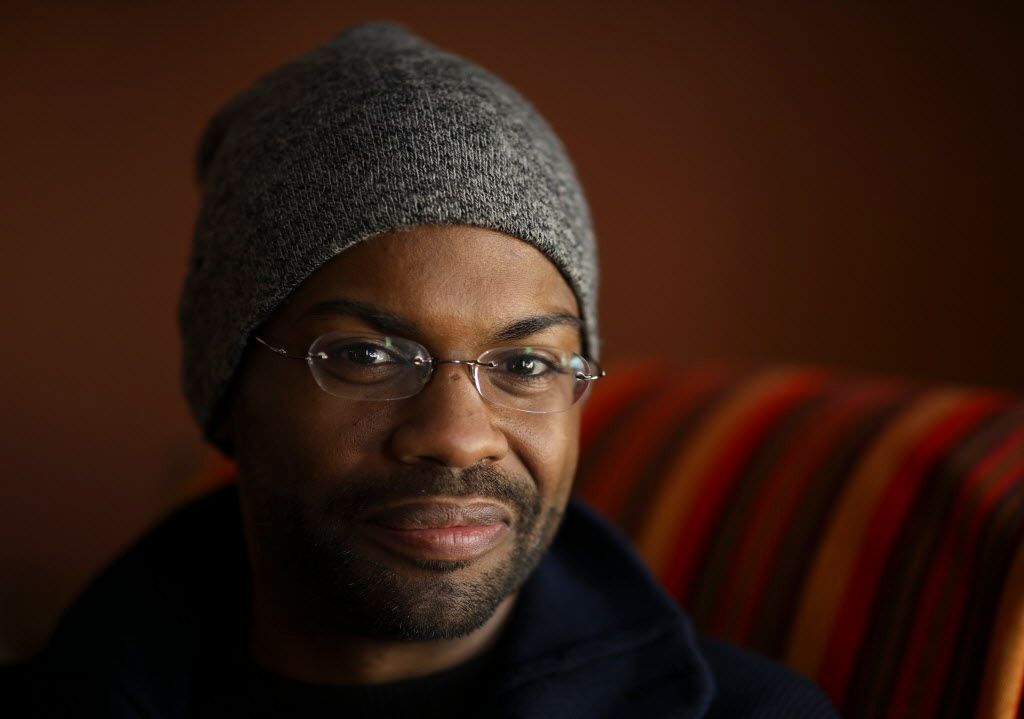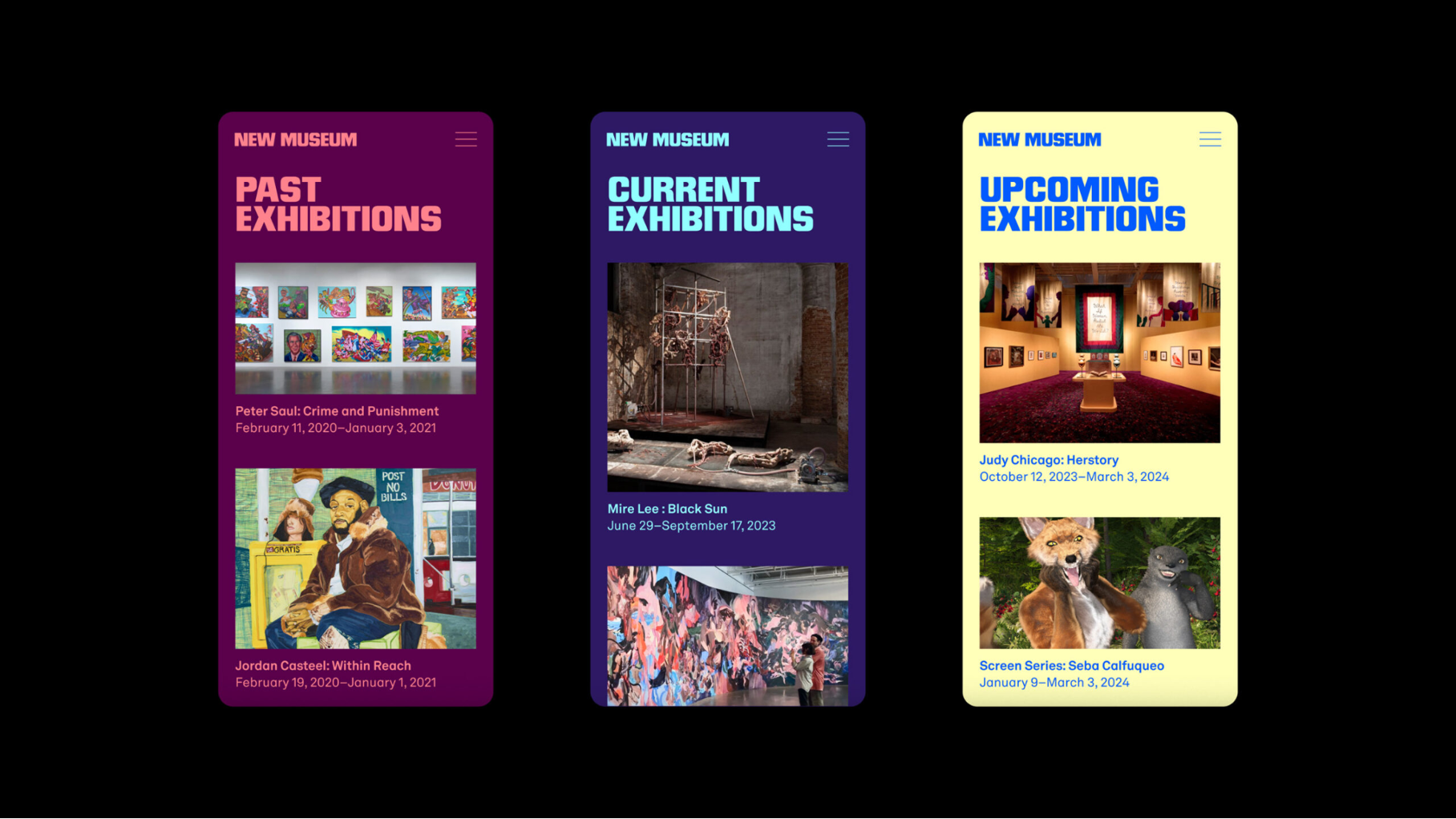
New York City, a global epicenter of innovation and culture, pulsates with a unique energy that has captivated artists and designers for generations. For Munus Shih, a Taiwanese Hakka creative technologist, artist, teacher, and organizer based in Brooklyn, this energy is not just an inspiration, but a driving force behind their diverse and impactful work. Munus, who uses he/they pronouns, has carved a niche for themselves at the intersection of technology, art, and design, collaborating with major New York cultural institutions like the New Museum, the New York chapter of the American Institute of Graphic Arts (AIGA), and the New York Review of Books, while also fostering open-source initiatives and shaping young minds through education.
Shih arrived in New York City just before the height of the pandemic, witnessing the city’s resilience and transformation firsthand. When asked about what it means to be a “typical New Yorker,” Munus rejects the notion that it’s solely about longevity. “Being a New Yorker isn’t about how long you’ve lived here—it’s about adapting to its energy and finding your place within it,” they explain. “The city is this vibrant, multifaceted space where everyone can carve out their own community. There’s such a rich mix of cultures and ways of living that it becomes inherently inclusive.” This sentiment of inclusivity and adaptation is a recurring theme in Munus’s work, reflecting their understanding of the city’s dynamic spirit.
Coding As A Creative Medium
Munus’s work is a testament to the power of code as a creative medium. They seamlessly blend generative design, website development, and artistic expression, crafting innovative solutions for their clients while simultaneously pushing the boundaries of digital art. Their artistic projects, showcased at prestigious events like the New INC x New Museum DEMO Festival, the Processing Foundation 2023 Fellowship, and the Taiwanese Hakka Affairs Council, often explore complex themes such as identity politics, solidarity economies, and decolonial teaching. This commitment to using technology for social commentary and creative exploration sets Munus apart as a thought leader in the field.
A Commitment To Open Source
One of Munus’s core values is the promotion of open-source development. They co-developed the beginner-friendly zine-coding JavaScript library, the p5.genzine and contributed to other open-source projects like p5.js and mechanic.design. This commitment to accessible technology underscores their belief in democratizing knowledge and empowering individuals to participate in the creative coding landscape.
Beyond their artistic endeavors, Munus is also a dedicated educator. Having taught courses at Parsons and Cooper Union on Critical Computation, Interaction Design, and Product Design, they are shaping the next generation of designers and technologists. Munus has also shared their expertise through talks and workshops at institutions like SVA, Creative Coding Festival, Type Electives, Google Dev Festival, and Type@Cooper. Their involvement in organizing the 2023 Processing Community Day Taiwan further highlights their dedication to fostering a global community around creative coding.
Capturing New York’s Cultural Vibrancy
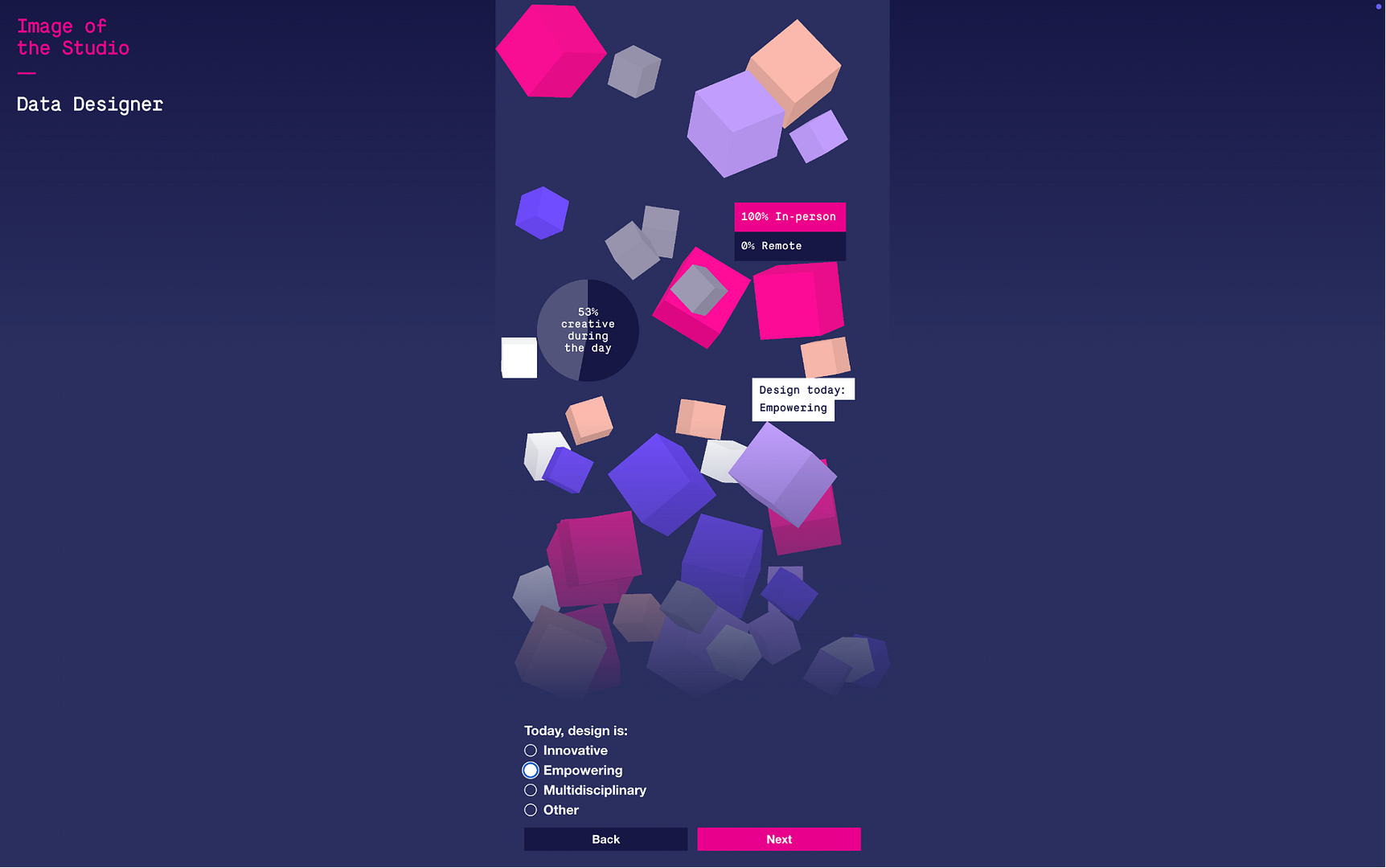
When discussing their approach to working with major New York cultural institutions, Munus emphasizes the importance of respecting the institution’s legacy while simultaneously injecting a sense of dynamism and contemporary relevance. “I think a lot about designing for cultural institutions in a way that respects their legacy while also keeping their visual language alive and dynamic,” they explain. “New York has such a distinct design vernacular—full of vibrancy and constant evolution—and I try to reflect that in my work.”
A prime example of this is Munus’s work with Athletics on the AIGA New York’s “Image of the Studio” redesign. The original project, initiated by Cooper Union’s Lubalin Center, documented the New York design landscape in 2013-2014. A decade later, the industry had undergone a significant transformation, with the rise of freelancers and remote work. Munus and the team at the Athletics agency in Brooklyn faced the challenge of capturing this shift while staying true to the original project’s spirit.
Paying Homage To New York’s Design Evolution
The solution was an interactive data visualization tool that collected information on designers’ years in the field, work preferences, and perspectives on AI. “The tool pays homage to the original image of the Studio identity from 10 years ago, while leveraging the power of interactive surveys to offer a personalized exploration of the current design landscape,” Munus explains. The Data Design Visualizer, launched alongside the tool, provides an interactive view of the collected data, offering valuable insights into the breadth and depth of the NYC design world. The project successfully bridged the gap between historical context and contemporary trends, showcasing the evolution of New York’s design landscape.
Munus also navigates the blurred lines between commercial and artistic projects. They cite their “New York City Apple Postcard” project as an example of this intersection. The project used ASCII code to generate personalized postcards based on people’s names, reflecting the city’s inclusivity and diversity. Visitors could enter their names on a website and receive a unique digital postcard, turning it into a customizable “love letter” to the city. While initially an art project, Munus acknowledges the potential for commercialization, highlighting the fluid nature of creativity in the modern world.
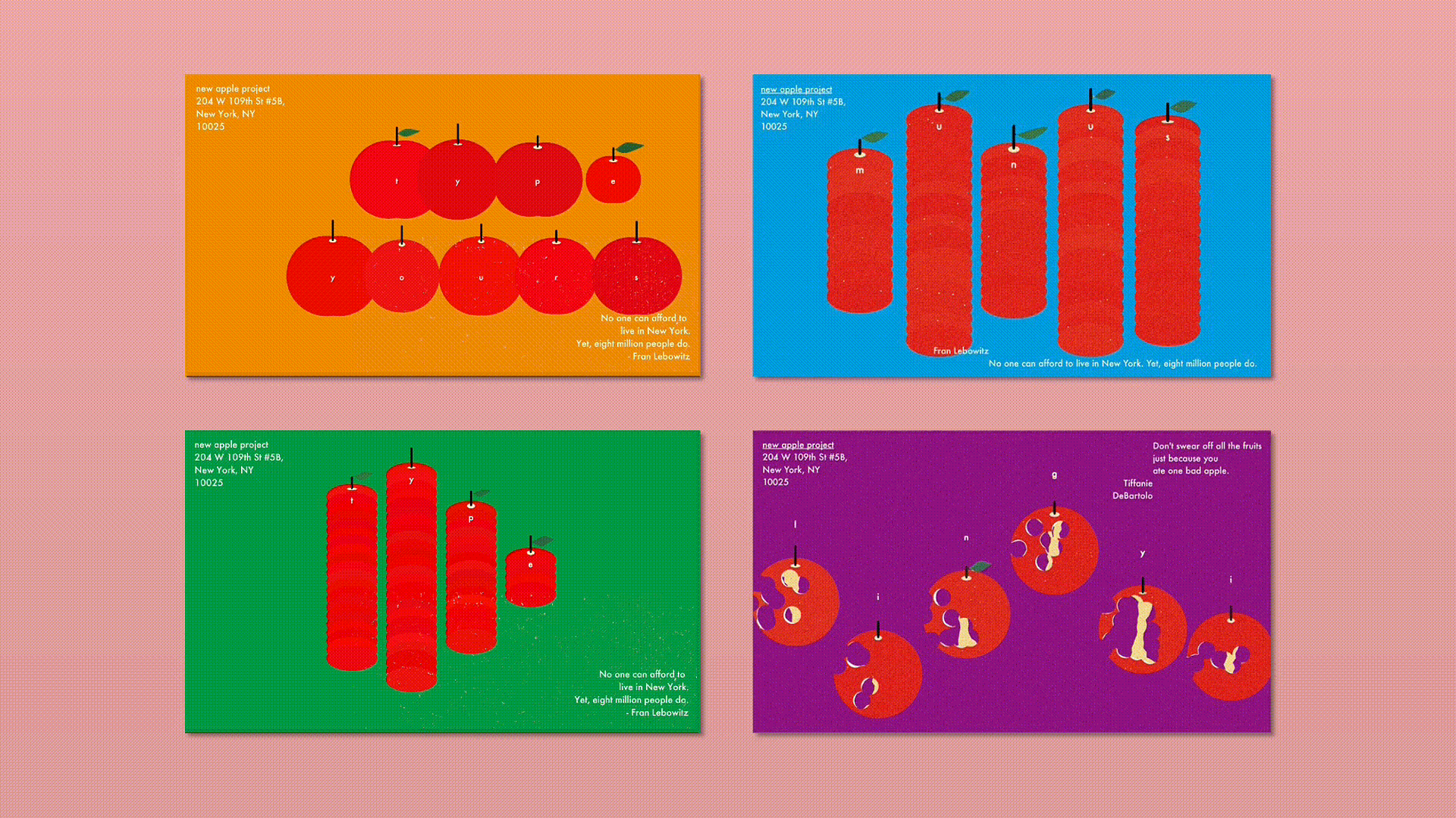
Munus Shih’s work exemplifies the New York design aesthetic: A dynamic blend of innovation, vitality, cultural awareness, and technical savviness. By embracing code as a creative medium, fostering open-source initiatives, and shaping the next generation of designers, Munus is not only capturing the essence of New York City, but also actively contributing to its vibrant and ever-evolving landscape. Their ability to seamlessly navigate the intersection of art, technology, and commerce positions them as a leading voice in the city, embodying the spirit of New York.

